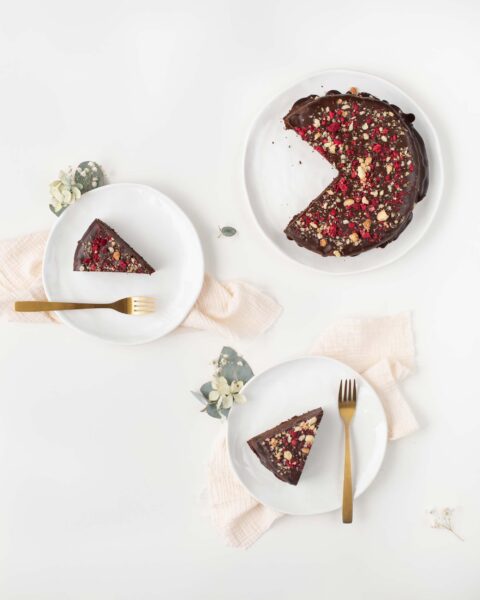Every wine drinker will have experienced the dilemma of craving a glass of vino but not wanting to see the bottom of the bottle. It’s a special kind of heart pang when you let a good drop go to waste.
Fortunately, we have some simple tips and tricks to help you prolong the life of your favourite wines, beginning with understanding why wine goes bad in the first place. Wine needs a careful balance of oxygen exposure throughout the fermentation process. Once opened, too much exposure will convert your wine into vinegar!
From times to temperature, here’s everything you need to know about storing and keeping wine.

How Long Will Wine Keep?
Red and white wines can be stored unopened for up to a year. For that bottle of champagne or sparkling wine, only about six months (keep this in mind when putting a bottle aside to save for a special occasion). But once you pop that bottle, its shelf life drastically changes. Because there are acids in white wines, this helps the bottles stay fresh for around three to four days. Red wines should be finished in one day or two. Champagne and sparkling wine will only keep in the fridge for one day.
To savour your wine for a full week, the trick is to remove as much air as possible. Tools like these vacuum pumps below give the bottle a seal so tight it’s tricked into thinking it’s back to square one. While it does hinder the taste slightly, which isn’t ideal, it can add a few days to the life of your wine.
How to Tell if Your Wine Is Bad
First, examine the colour. Red wines may darken to brown and brick tones, while white wines will typically deepen and become yellow. If you want to brave it (though old wine is not unsafe to drink!) Red wines that have gone “off” will have flattened tastes and aromas, replacing its bright flavours with nutty, sherry-like characteristics. Whites will have a sour, vinegary flavour.

How to Store Unopened Wine
Lay Bottles Sideways
Wine lovers say that corks must remain wet and inflated to maintain an airtight barrier that protects the wine from oxygen and outside odours. While lying on its side, the cork stays in consistent contact with the wine. On the other hand, wine bottles with screw-on closures or rubber or plastic corks may withstand standing up.
Choose a Dark Place
It is said that bright light can numb the taste of your wines. Even though most bottles are made with tinted glass, which provides some UV protection, there is still a chance of exposure.

Keep It Steady If You Can’t Keep It Cool
No need for fancy wine chillers around here. Avoid keeping bottles in areas with intense heat or where temperatures change. Experts are against storing a collection in the refrigerator (wine chillers are not as cold as a fridge). Also, overhead lights and refrigerator exhaust emit heat, and frequent shaking might impair the taste.
How to Keep Opened Wine
Re-Cork Immediately
Your first line of defence is to re-cork when you know you won’t finish it. The key is to reduce as much oxygen as possible, keeping your precious bottle fresher for longer.
A hot tip from us is to replace the cork with the same end in the bottle (the other end has been exposed to mould and odours). If the cork won’t go in smoothly, cut a notch at the bottom on each side with the corkscrew blade, or pick up a reusable rubber stopper from a wine store for around $8.
Back to the Fridge
All wines, even reds, survive longer when kept refrigerated after opening. You want to keep your open wine bottle out of direct sunlight and store it below room temperature. The oxidation of the bottle will slow down and maintain its exceptional taste.










